Formula E’s second season as a full-blown FIA World Championship will start with a double-header in Diriyah, Saudi Arabia, on 28/29 January.
The Middle East is the place to be, apparently, even for a motorsport series created specifically to eschew fossil fuels.
Reigning world champions Nyck de Vries and MercedesEQ will be back to defend their crowns, but the factory Audi and BMW squads have departed and Mercedes will follow suit at season’s end. But let’s not be too hasty to write off Formula E just yet.
The future of EV racing remains brightly lit, says Mark Preston, CEO of the previously dominant DS Techeetah team. “If you’re watching the stock of Tesla, Rivian and others, plus the Chinese manufacturers coming into EVs, you will know that we’re potentially on the tipping point more than ever,” he says. “We all know manufacturers come and go from motorsport, but we have a solid number in the series, and with the world turning towards EVs, it’s the right place to be.”

Seeds of doubt
Despite that, I’ve struggled with Formula E, particularly in the past year. My doubts have nothing to do with electric powertrains: it’s short-sighted to deny that there’s a place for EVs in motorsport, even if they’re not to all tastes. The cars are getting quicker and can race farther (especially from next year, when the much-vaunted Gen3 Formula E will be introduced). Racing on urban streets in or close to major city centres takes motorsport to places usually barred to conventionally powered series. The cars are ugly to my eyes, which is frustrating for a category in which aerodynamic requirements don’t dictate styling, but that’s subjective. Really, there’s a lot to like about Formula E. And yet…


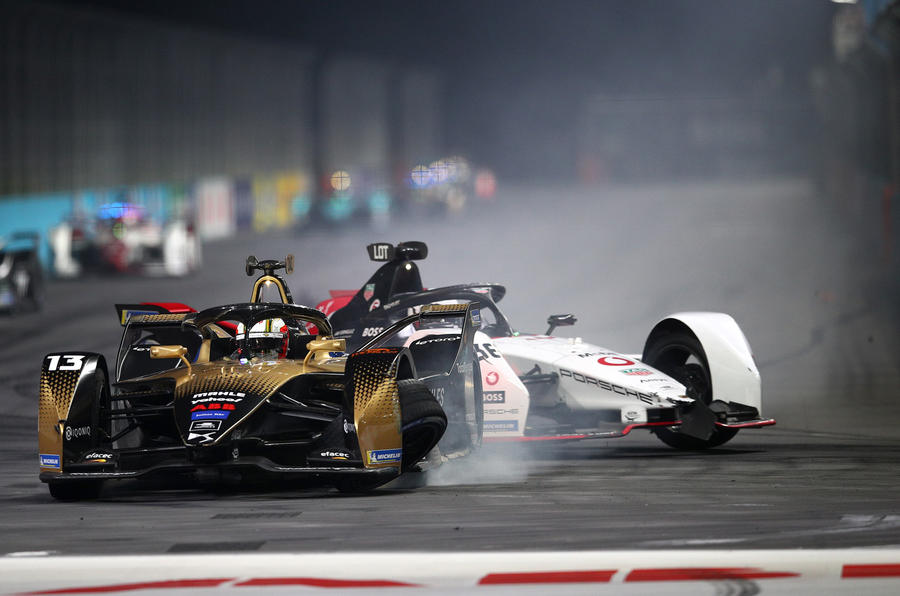





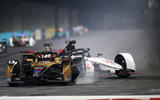






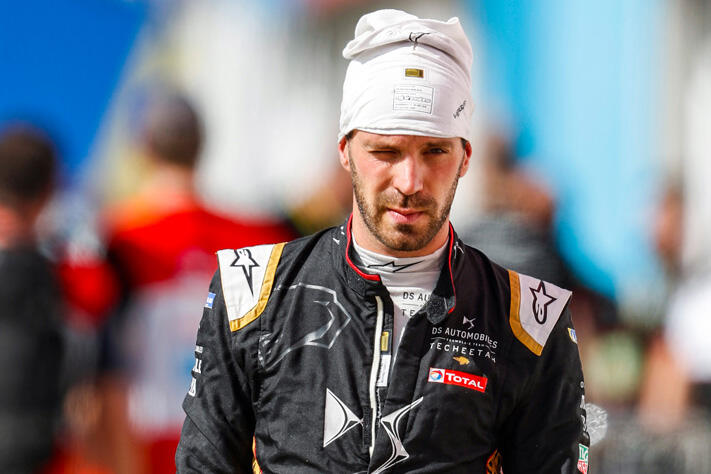
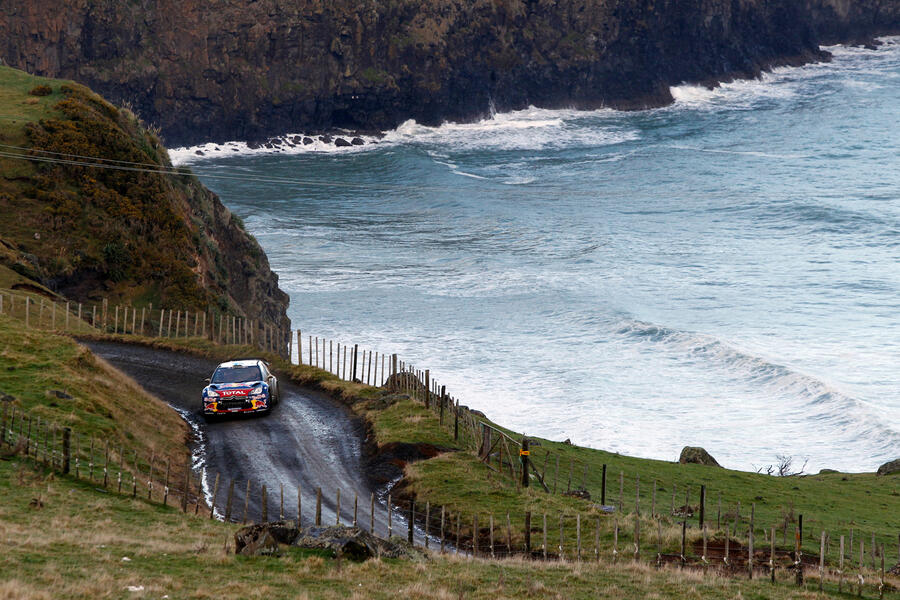
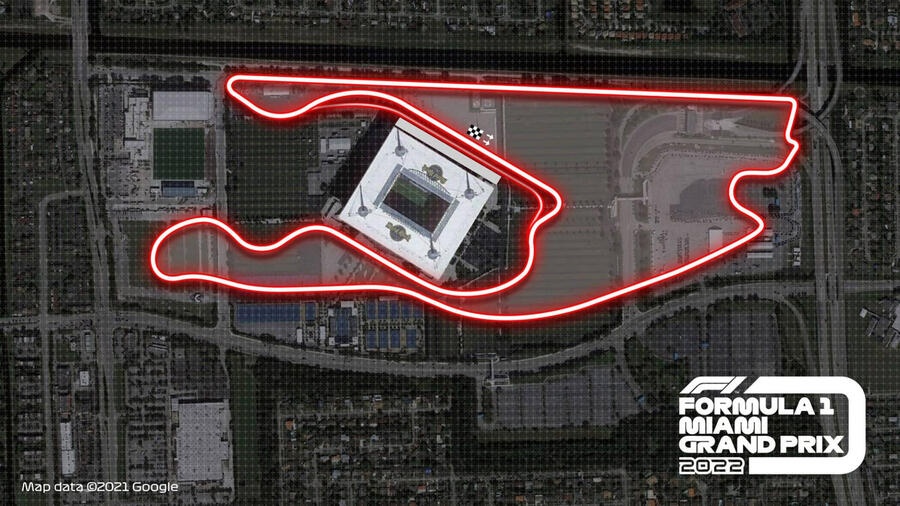
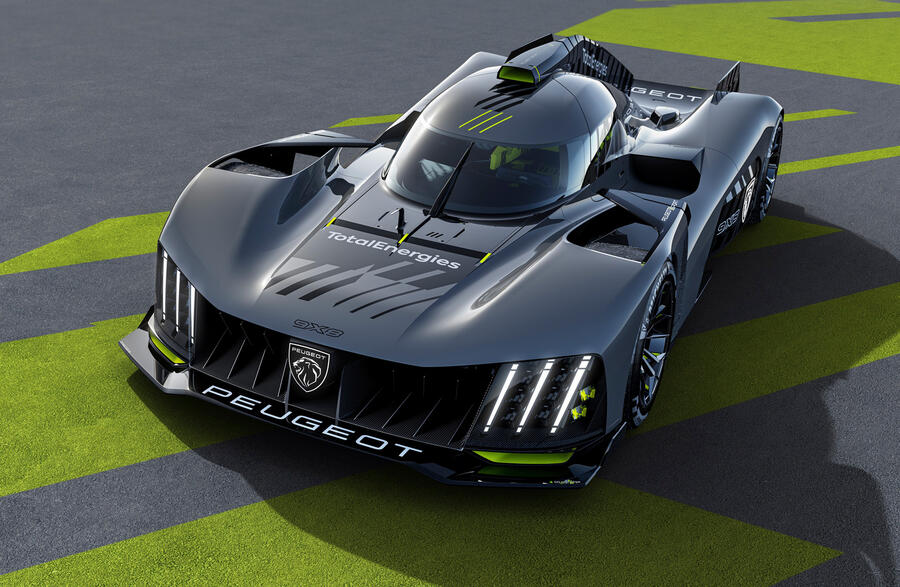


Join the debate
Add your comment
Skittery, slow, crap tracks, false racing with fan boost, etc. Needs to be true racing, but maybe PlayStation generation will get it, I certainly don't, and I have tried, but it's too fake for my tastes.
Like rental karts to watch. Wonder what the viewing figures are, and how they've grown/fallen.
one of the reasons there are so many collisions is the nature of the circuits - tight street circuits where ovcertaking is difficult
Maybe some races on conventional tracks would be a good idea
This is all a bit negative. Formula E is fun, technically interesting and exciting to watch, precisely because you don't know who's going to win and there are so many daring overtakes. The 2021 Monaco race in particular was a corker. I find it interesting that energy management is part of the strategy, because frankly, energy management is now part of the world we live in. It definitely helps if you don't bring 'fossil baggage' with you when you watch it, so maybe that explains why some don't enjoy it. Yes it's different to combustion car racing, but that's precisely what is good about it.